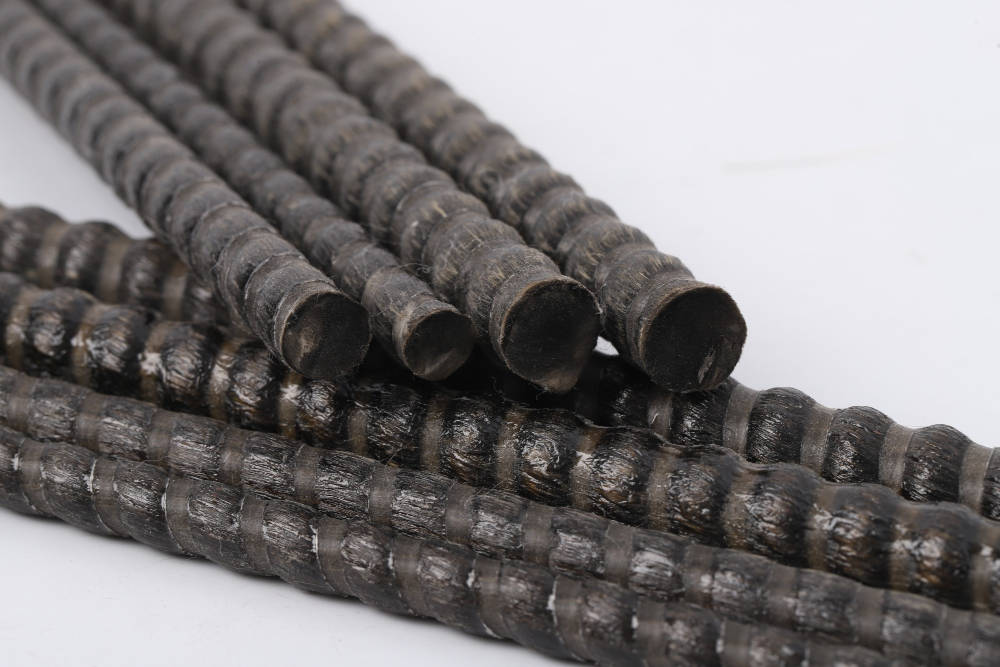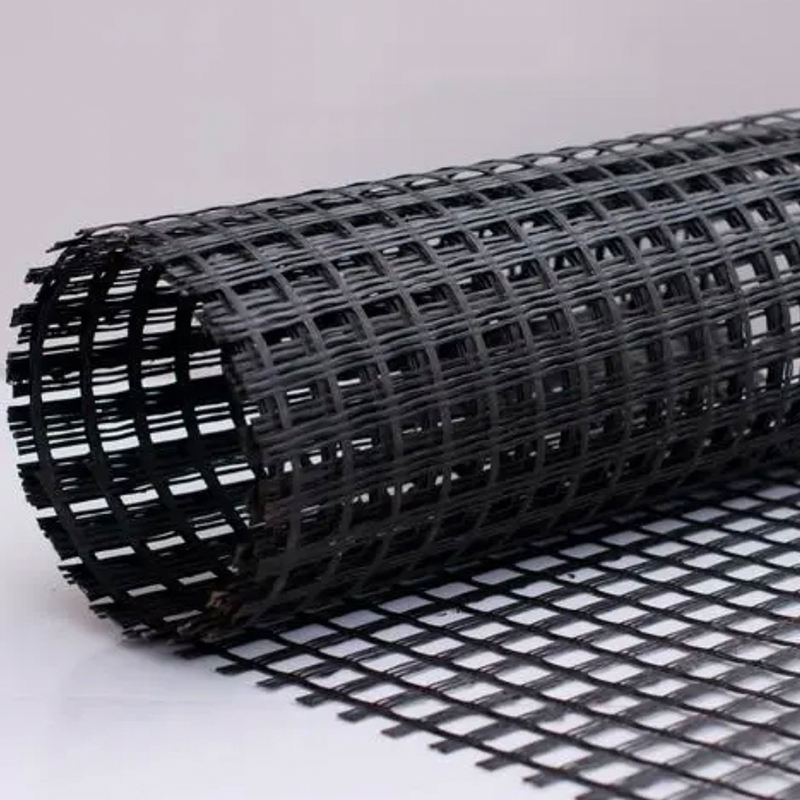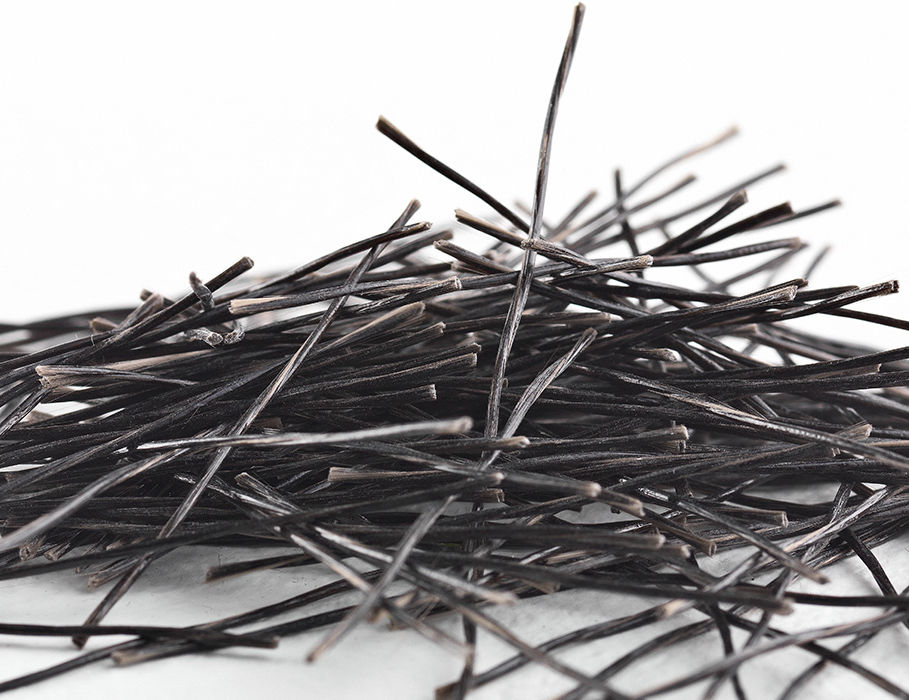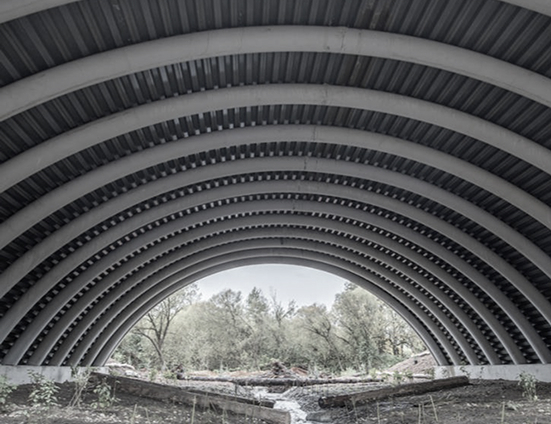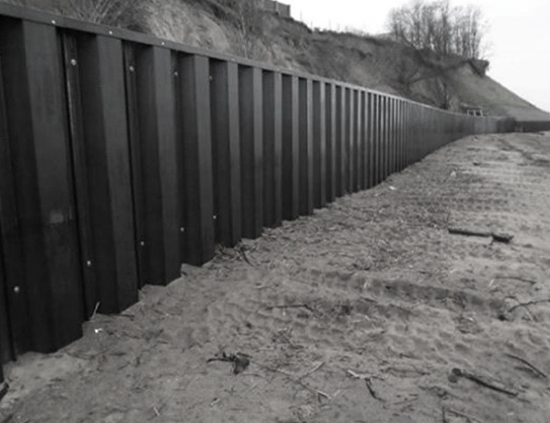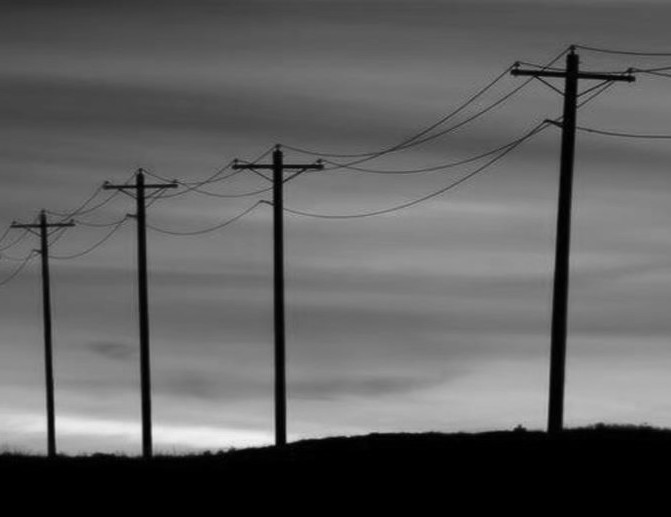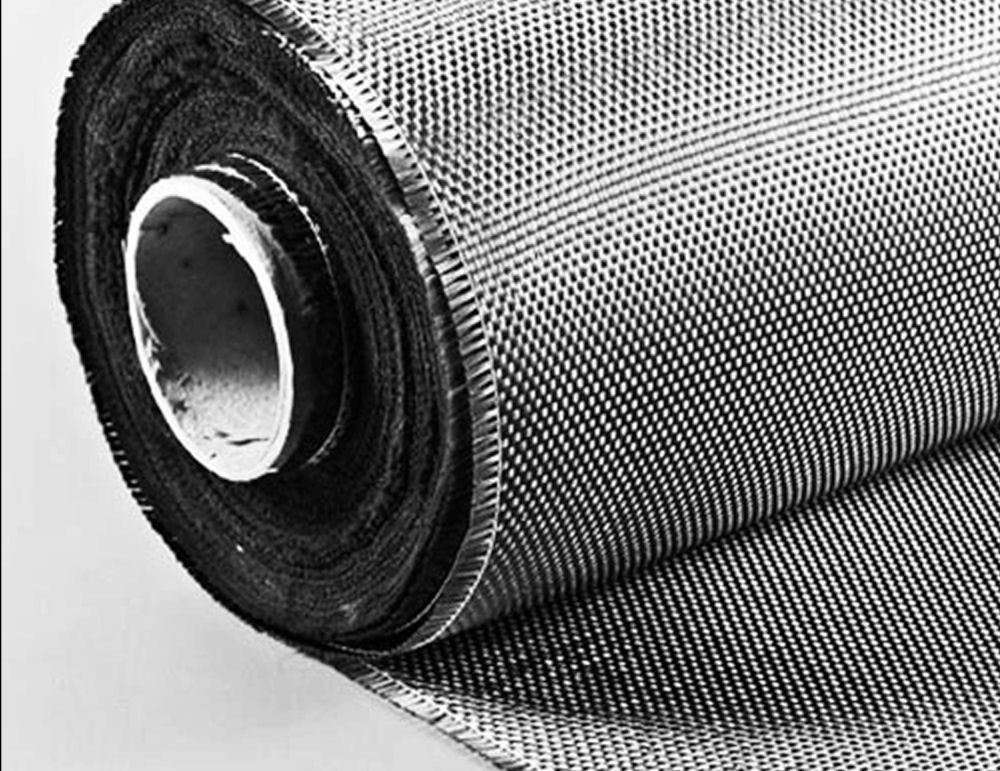
Basalt Chopped Fiber / Microfiber
Basalt Chopped Fiber / Microfiber is a short fiber additive for thermoplastics & cement
- Additive for thermoplastics, concrete, asphalt, and cement or gypsum-based mixtures
- Reinforcing agent for plasters, grout, tile adhesives, screeds, and bases
- Reduces cracking and minimizes chipping on product edges
- Significantly enhances appearance and surface finish quality
- Available with a variety of coatings; broad resin compatibility
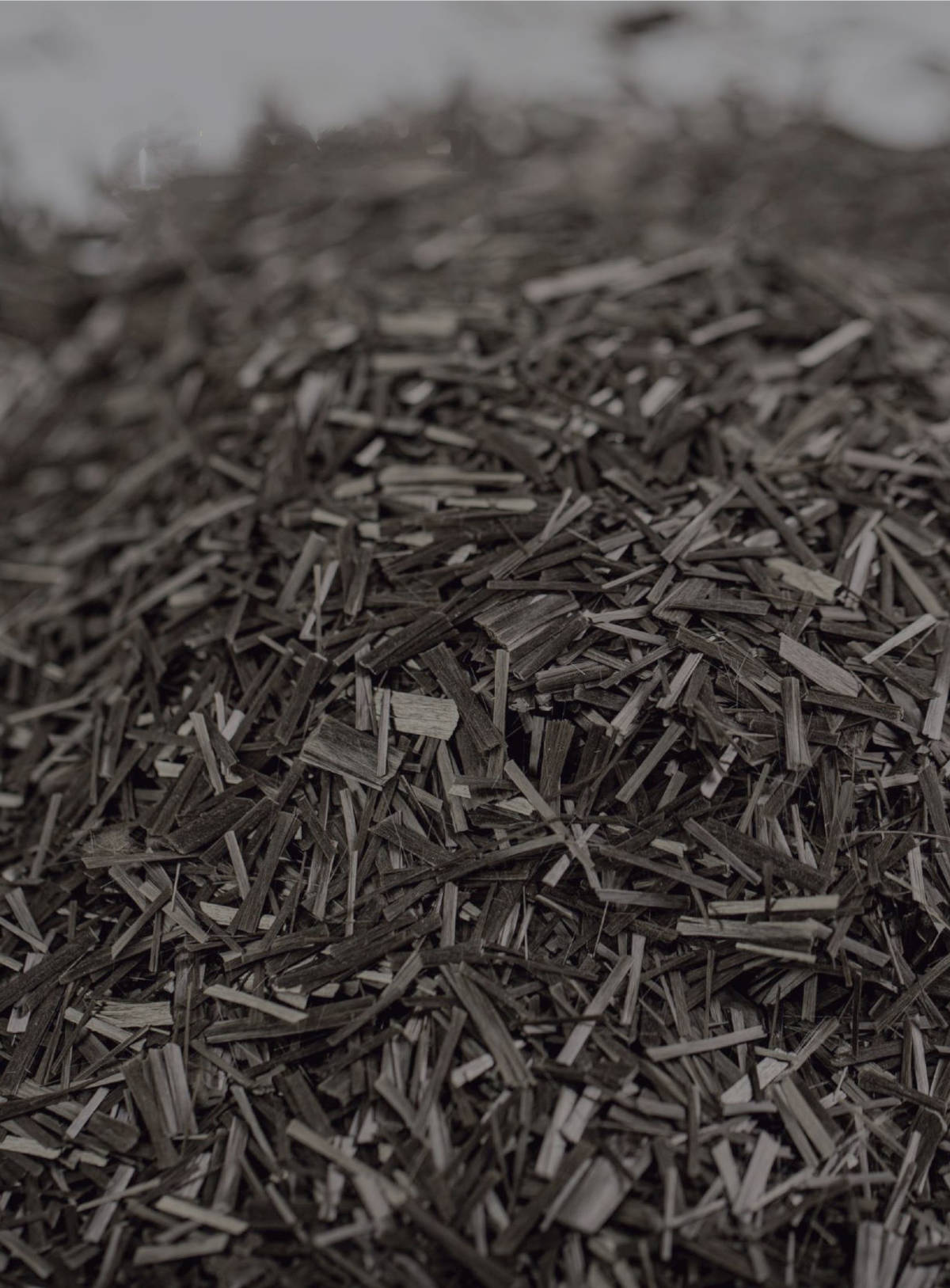
Common Applications
Basalt Chopped Fiber / Microfiber is used primarily to reinforce concrete

Additive for a multitude of concrete products

Reinforcement for general and specialized construction concrete

Enhancement for concrete building foundations and footings

Precast panels, vaults, drainage structures, planters, benches, and curbs

Floor screed for underlayment or industrial and commercial flooring
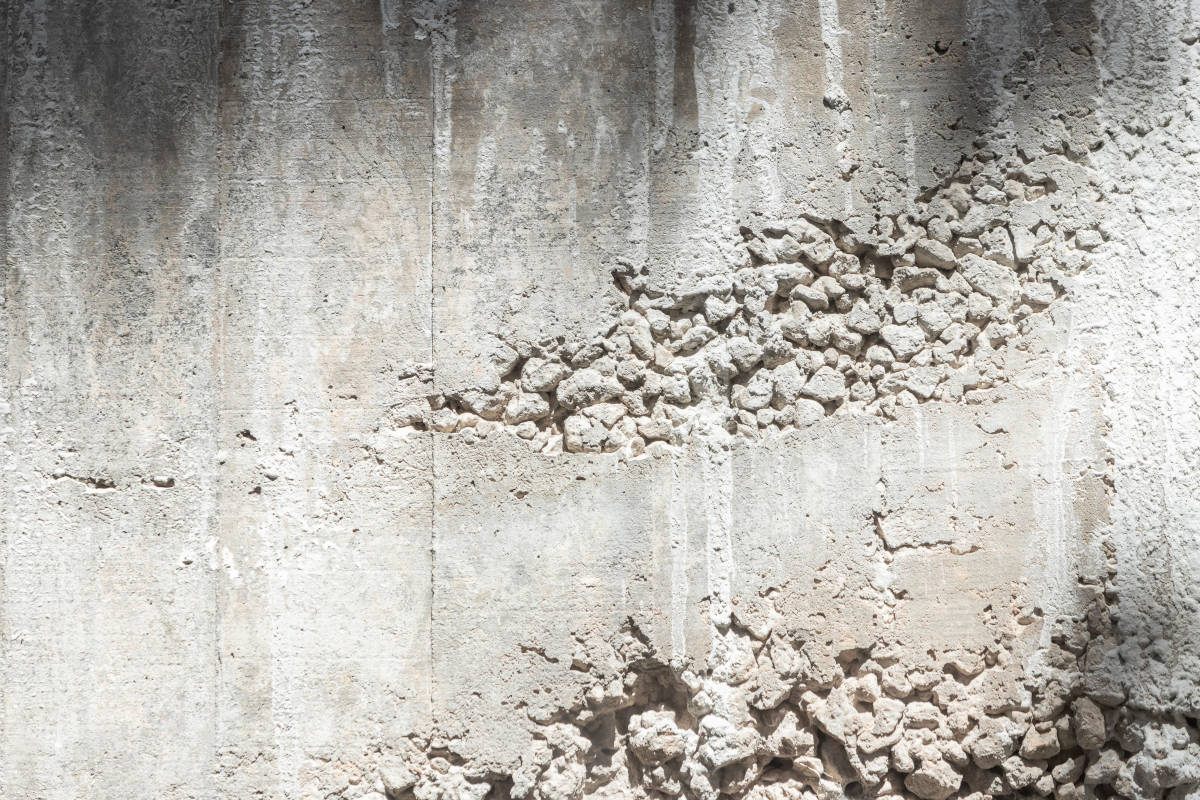
Industry Challenges
Concrete doesn’t always hold up under the toughest conditions
- Some additives absorb moisture, impacting strength and workability
- Delamination can cause both structural and appearance problems
- There’s a risk of explosive spalling in the event of a fire
- Finished concrete can be susceptible to compression from impacts
- Concrete surfaces can easily show abrasion over time
Material Advantages
Basalt Chopped Fiber / Microfiber provides extreme durability, naturally
- Basalt does not absorb liquid, preserving concrete integrity
- Slows delamination and increases flexural and axial tensile strength
- Mitigates explosive spalling due to fire
- Increases compression strength, impact resistance, and splitting resistance
- Produces an all-natural, abrasion-resistant concrete surface
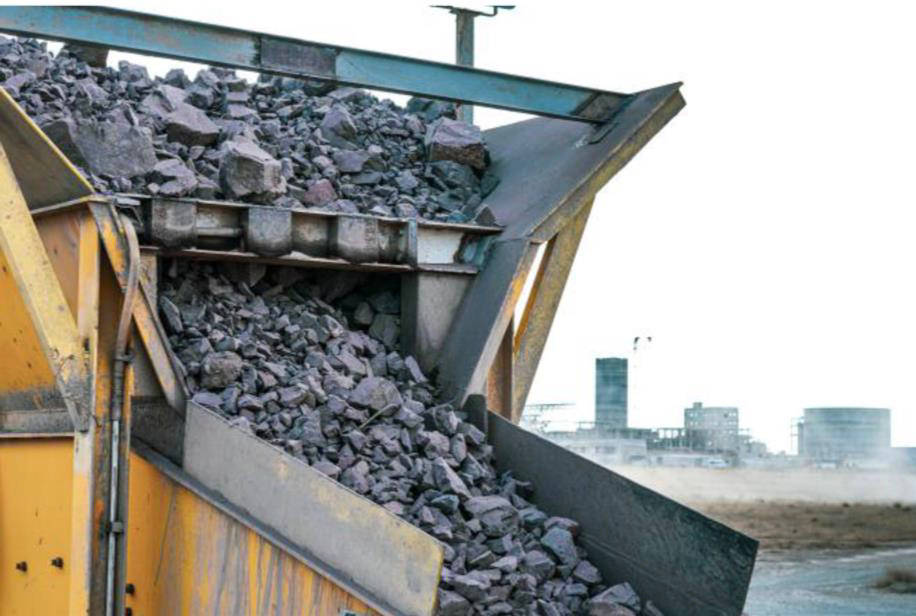
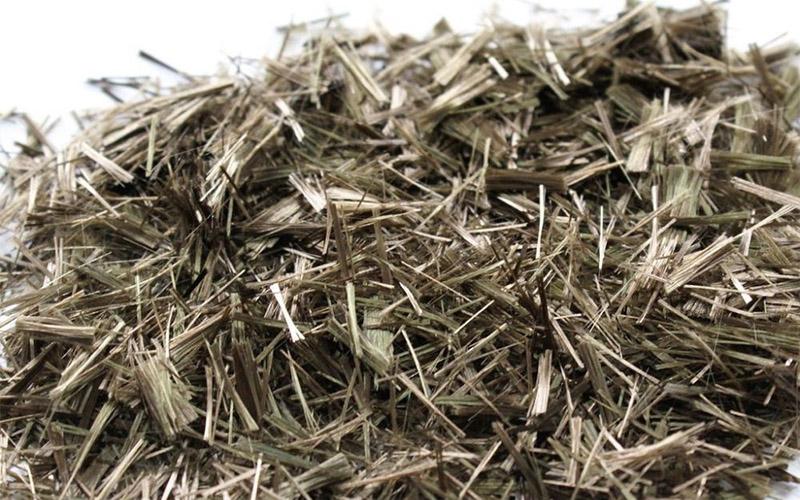
Business Benefits
Basalt can improve performance, project timelines, and costs
- Reduces labor intensity compared to classic reinforcement approaches
- Keep your process - no change in mixture preparation required
- The cost of basalt microfiber / chopped fiber is much lower than metal mesh
- More durable concrete lasts longer, providing lower lifetime costs
- An all-natural product can contribute to sustainable project goals
Key Specifications
Most common fiber lengths: 4.5mm, 6mm and 10 to 30mm
| Cut length, mm | (3, 6, 13, 15, 18, 25, 27, 50) ±1.5 |
|---|---|
| Elementary fiber diameter, µm | (9, 13, 17) ±1.5 |
| Humidity, % | <2.0 |
| Content of substances removed during ignition, % | >0.3 |
| Non-penetration of the batch weight, % | <5.0 |
| Elastic modulus, kg/mm² | 9100 - 11000 |
| Thermal conductivity coefficient W / mK | 0.013 - 0.038 |
| Chemical stability, weight loss, %, after 3 hours of boiling. H2O / 2N NaOH / 2N HCL | 2 / 6.0 / 2.2 |
| Application temperature of fiberglass products, to C | from -250 to +850 |
Comparative Properties of Basalt Microfiber, Propylene Fiber, Glass Fiber and Steel Fiber
| Index | Basalt Microfiber | Propylene Fiber | Glass Fiber | Steel Fiber |
|---|---|---|---|---|
| Material | Basalt Fiber | Polypropylene | Fiberglass S or E | Carbon steel wire |
| Tensile strength, MPa | 3500 | 150 to 600 | 1500 to 3500 | 600 to 1500 |
| Elastic modulus, hPa | Not less than 80 | 35 | 75 | 190 |
| Elongation coefficient, % | 2 to 4.5 | 20 to 150 | 4.5 | 3 to 4 |
| Melting temperature, Co | 1450 | 160 | 860 | 1550 |
| Resistant to alkalis and corrosion | High | Questionable | Only S fiberglass is resistant | Low |
| Density, g/cm | 2.6 | 0.91 | - | - |
Contact an Expert
Please contact us if you have any questions about our products. One of our experts will get back to you as soon as possible.
Contact Us NowStart a Quote
To begin the purchase process, click below and answer a few preliminary questions. We'll get back to you with more information as soon as possible.
Start Quote
